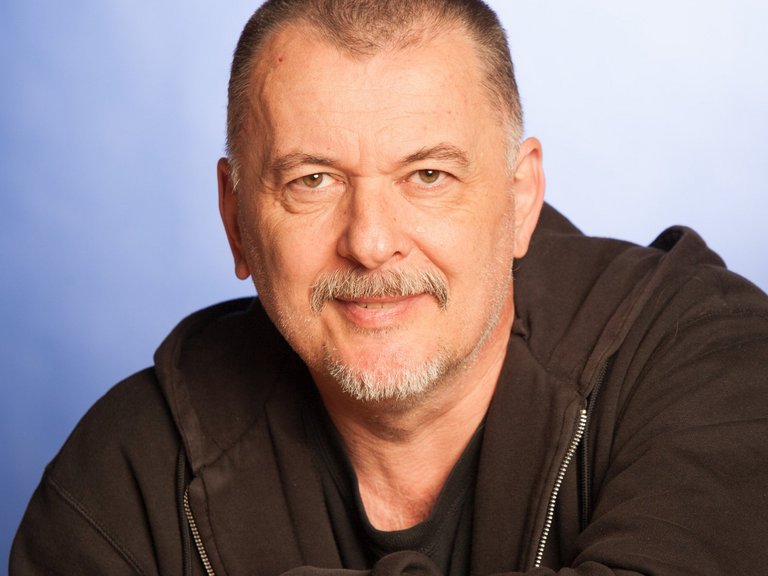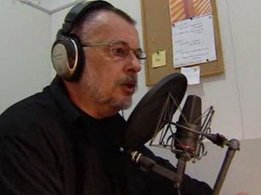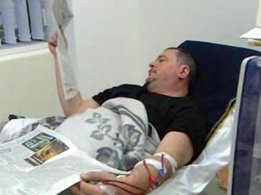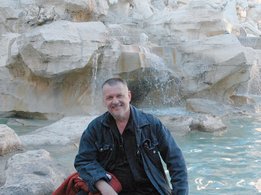Farewell to my kidneys
Since 1993 or 1994, I have known that one day I would have trouble with my kidneys. Back then my kidney disease arose from a very simple infection. I first noticed something wasn’t right at work.
During a rehearsal I wasn’t able to stay on my feet. My colleague took me home and we thought I just needed some rest. But that didn’t keep my wife from worrying. She insisted on seeking out a doctor who performed an ultrasound before diagnosing polycystic kidney disease. I didn’t even know what it was! My doctor referred me to a nephrologist where I learned it’s a chromosome disorder.



